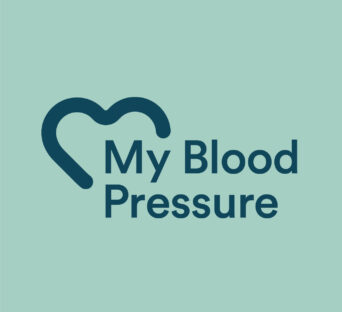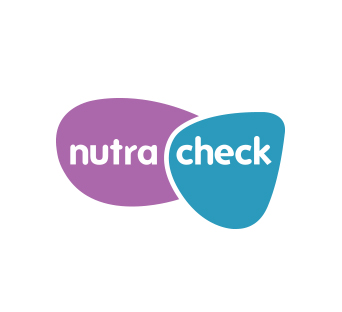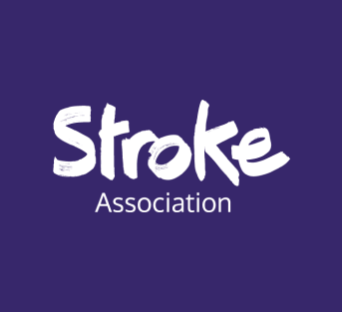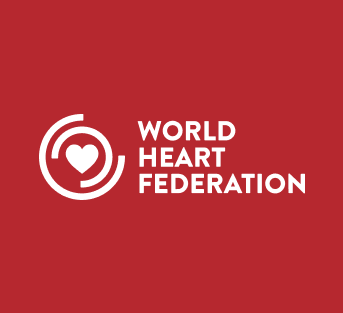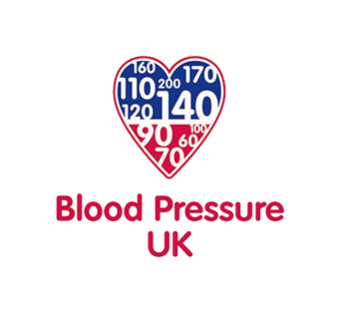 Join The Movement
Join The Movement
Season with Sense is a public health campaign with the aim of driving down consumer sodium intake.
Here you will find practical and expert advice, resources and low-sodium recipes to help you on your journey to make smarter salt choices. Today, eating a healthier diet is more important than ever – what we consume can affect our body’s ability to prevent, fight and recover from infection and disease.
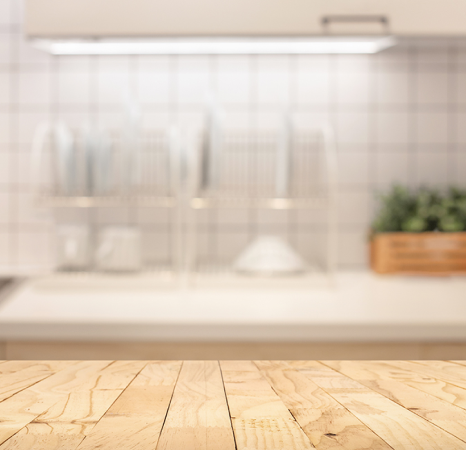


It’s easy to Season with Sense, just Stick to 6.
Only 1 in 10 people know that the maximum recommended intake of salt per day is 6g. That’s equal to around 1 teaspoon – which isn’t really a lot is it?
Eating too much salt can lead to high blood pressure, which can increase the risk of heart attack and stroke. 1 in 4 adults in the UK suffer from high blood pressure, and many people aren’t even aware they have it…
Our Blog
View All Posts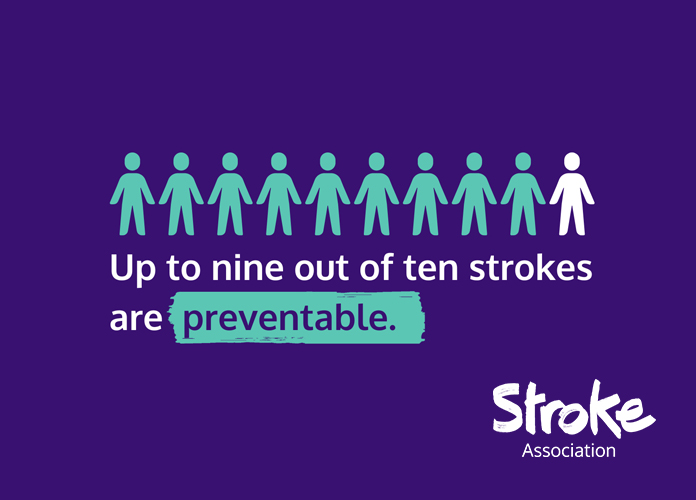 Featured Post
Featured Post
Help reduce your risk of stroke – by lowering your blood pressure
If you can lower your blood pressure by just 10 mmHg, you cut your risk of stroke by over 25%
Author: Stroke Association
Our Recipes
View All Recipes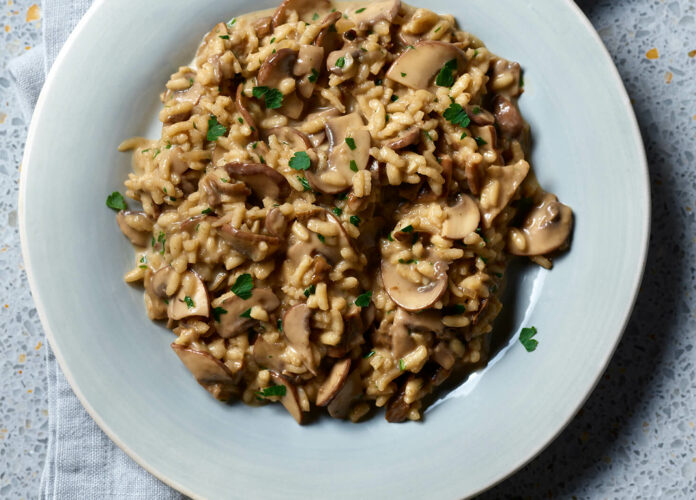 Featured Recipe
Featured Recipe
Our Collaborators
Our Shop
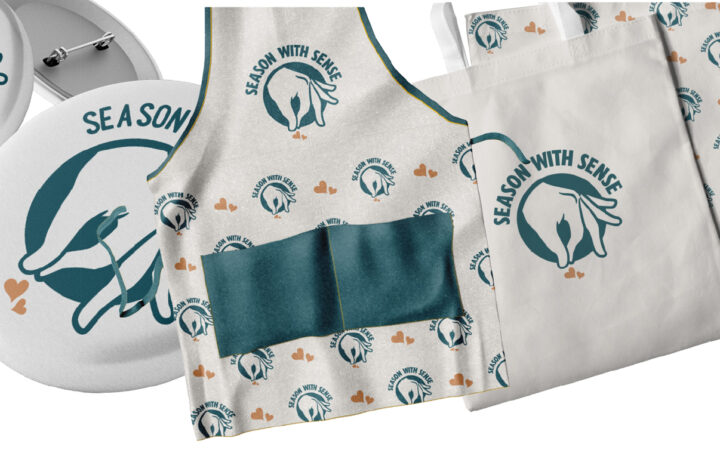 Spread The Message
Spread The Message

